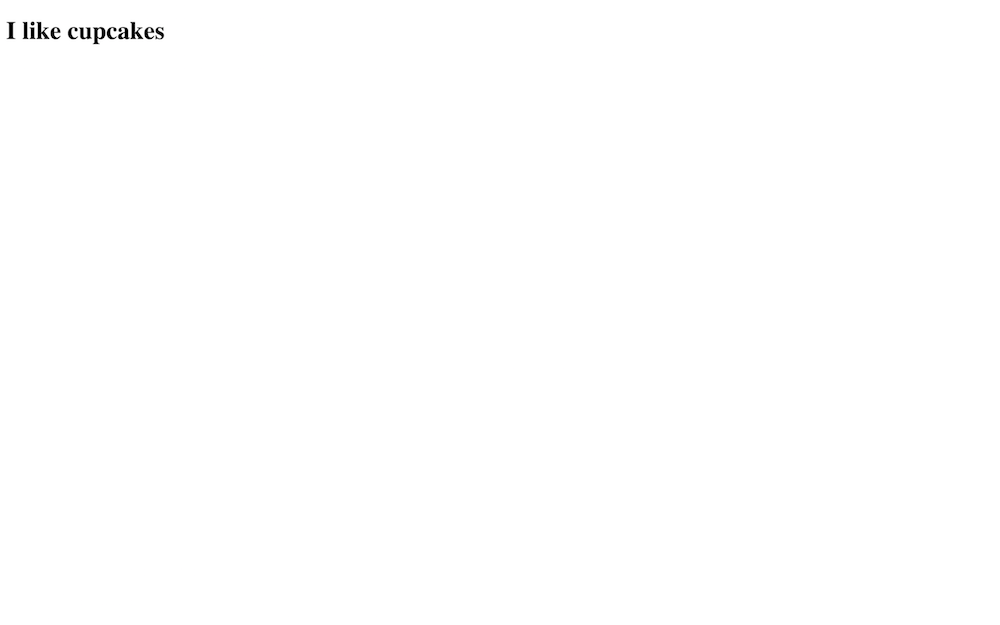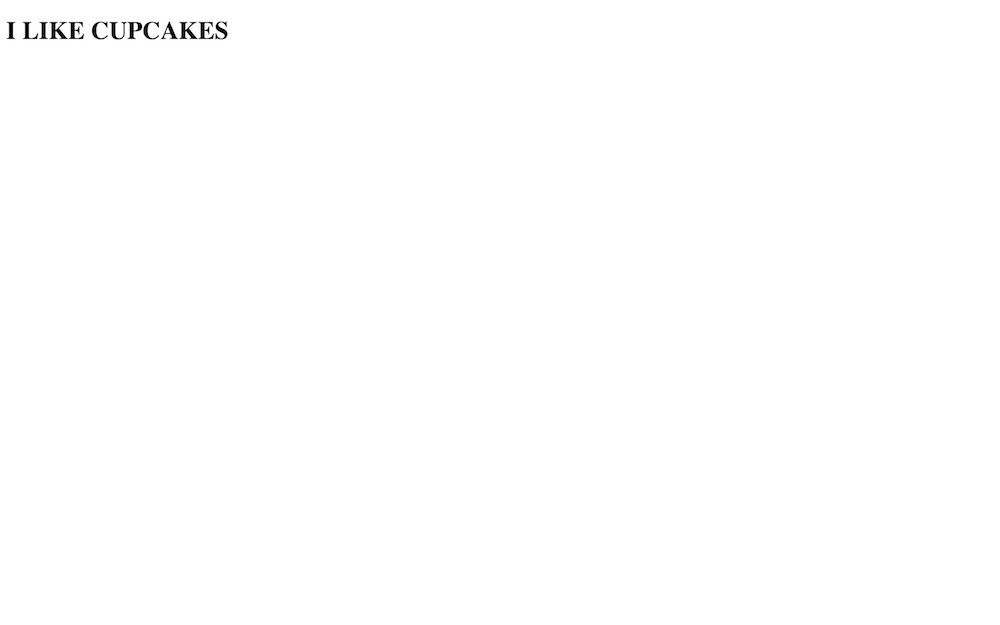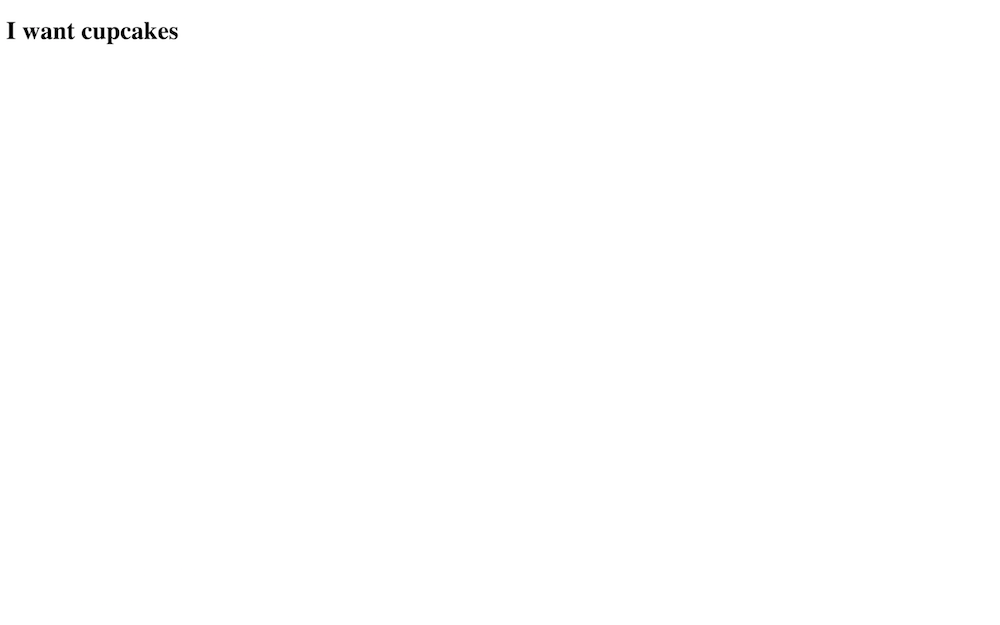Introduction
Liquid is a templating language Jekyll uses to process pages on your site. With Liquid you can output and modify variables, have logic statements inside your pages and loop over content.
There’s two tags in Liquid:
- You can output variables by surrounding them in two curly braces e.g.
{{ variable }} - You can perform logic statements by surrounding them in a curly brace, percentage sign e.g.
{% if statement %}
Output
Let’s start with a basic example. We’ll add some content in front matter, then output it using front matter. Variables set in front matter are available to us at page.variable_name:
---
heading: I like cupcakes
---
<!doctype html>
<html lang="en">
<head>
<meta charset="utf-8">
<title></title>
</head>
<body>
<h1>{{ page.heading }}</h1>
</body>
</html>

Filters
Now we want the heading to be uppercase. We can run a variable through a filter to modify the output. To use a filter we’ll add a “|” after the variable then pass it a filter, upcase in this case:
...
<h1>{{ page.heading | upcase }}</h1>
...

We can run this content through multiple filters. Here we’ll run in through a truncate to only output a maximum of eight characters:
...
<h1>{{ page.heading | upcase | truncate: 8 }}</h1>
...

Logic statements
Let’s control whether the h1 is output on the page. We’ll add a new variable to the front matter called show_heading and initalize it to true. Then we’ll surround the h1 in an if statement to check if show_heading is true:
---
heading: I like cupcakes
show_heading: true
---
...
{% if page.show_heading %}
<h1>{{ page.heading | upcase | truncate: 8 }}</h1>
{% endif %}
...

This displays the heading on the page. If we change show_heading to false it shows nothing.
We can add an elsif to the if statement to check other conditions. So if page.show_heading is false we’ll check if page.heading contains the word “cupcake”, if it does then we’ll output “I want cupcakes”, if it doesn’t we’ll have output I don’t want cupcakes:
---
heading: I like cupcakes
show_heading: false
---
...
{% if page.show_heading %}
<h1>{{ page.heading | upcase | truncate: 8 }}</h1>
{% elsif page.heading contains "cupcake" %}
<h1>I want cupcakes</h1>
{% else %}
<h1>I don't want cupcakes</h1>
{% endif %}
...

Loops
Let’s create a cupcakes array in front matter then loop over it in Liquid and output it in an unordered list. The syntax to loop in Liquid is for variable in array, variable can named whatever you’d like and holds the item in the current iteration of the loop:
---
heading: I like cupcakes
show_heading: false
cupcakes:
- chocolate
- lemon
- strawberry
---
...
<ul>
{% for cupcake in page.cupcakes %}
<li>{{ cupcake }}</li>
{% endfor %}
</ul>
...